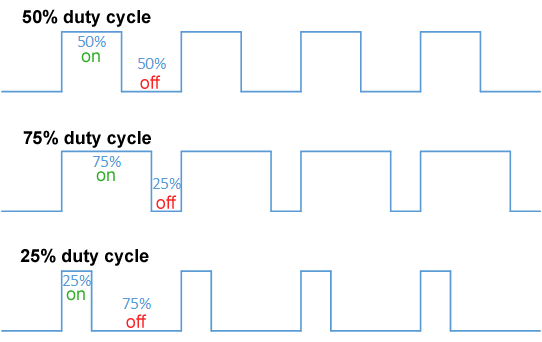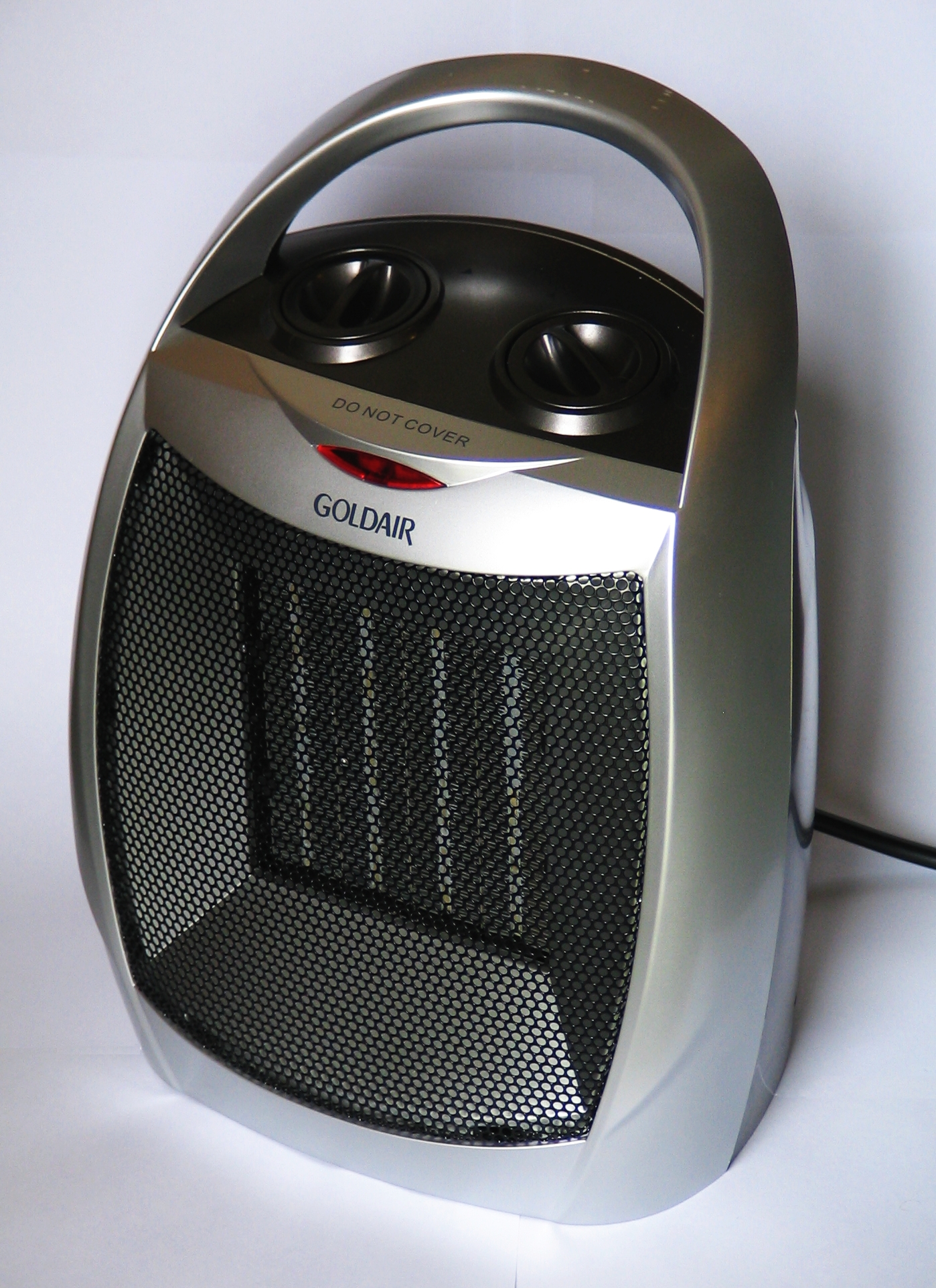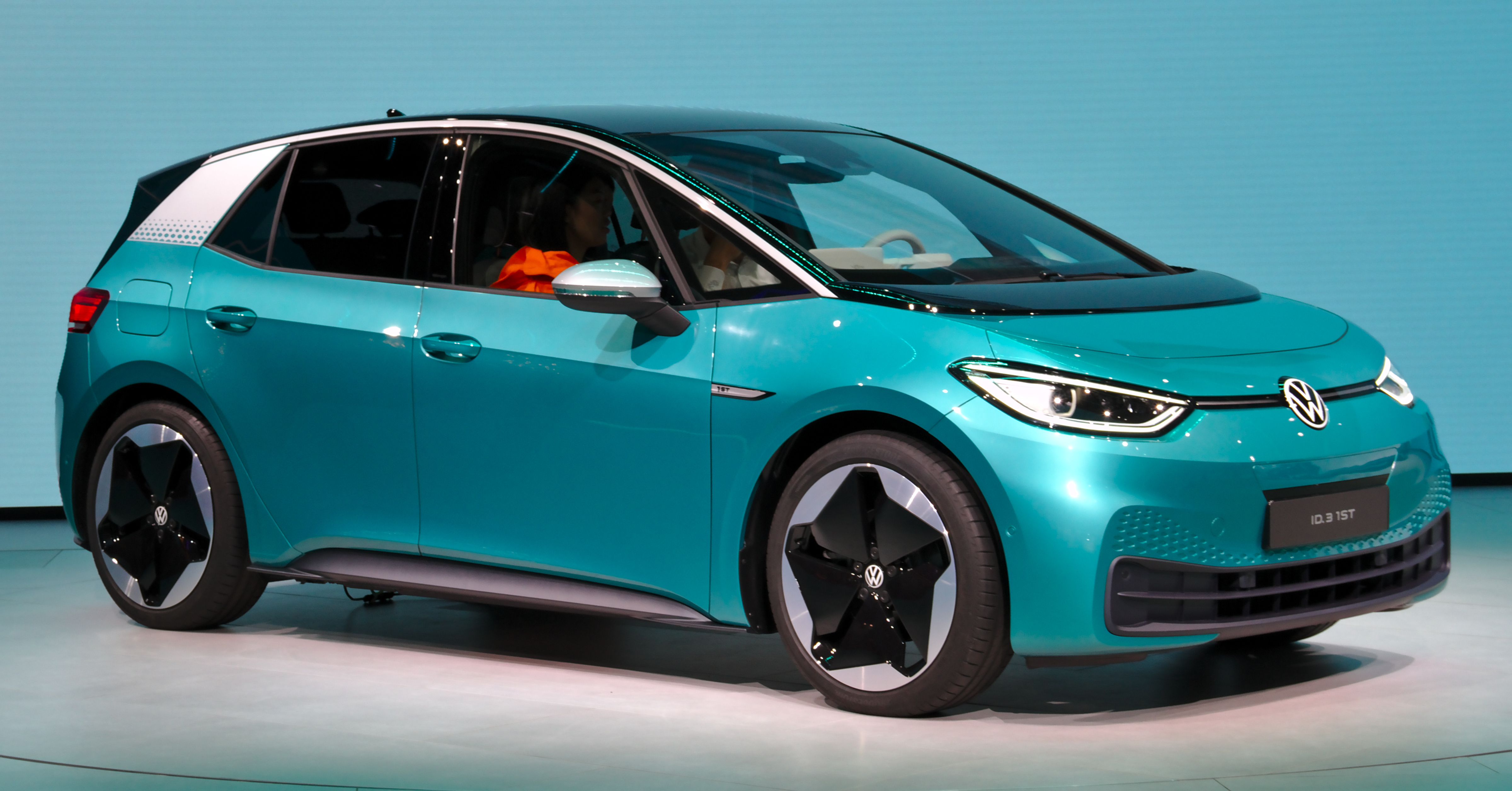|
EVcort
The EVcort was an experimental electric car produced from 1981 to 1994 by Electric Vehicle Associates of Cleveland, Ohio, and later by Soleq Corp. of Chicago, Illinois.J. E. Francfort, R. R. Bassett, S. Briasco, W. Culliton, E. F. Duffy, R. A. Emmert, J. R. Hague. R. Hobbs, B. Graziano, I. J. Kakwan, S. Neal, L. Stefanakos and T. G. Ware: ''Site Operator Program Final Report for Fiscal Years 1992 through 1996'' Lockheed Idaho Technologies Co., Idaho Falls, ID (United States), 1998 It consisted of a stock body and transmission from the Ford Escort, refitted with an electric propulsion system, every component of which was engineered and manufactured specifically for the car. It incorporated features such as regenerative braking and a multistep charging algorithm, that are common on modern electric vehicles but were quite innovative at the time. The intent was to produce a practical alternative-fueled vehicle with performance comparable to gasoline-powered cars, but like many electric ... [...More Info...] [...Related Items...] OR: [Wikipedia] [Google] [Baidu] |
Ford EXP
The Ford EXP (also called Ford Escort EXP) is a sports compact coupe that was manufactured and marketed by Ford Motor Company from 1982 to 1988, across two generations. The first two-seat Ford since the original Ford Thunderbird, the EXP was derived from the American Ford Escort. In contrast to its platform counterpart, the model line was not a "world car", but developed entirely for North America. For 1982 and 1983, Mercury marketed a badge engineered variant of the EXP was also sold as LN7. Competing against the similarly configured Honda CR-X, the EXP shared its powertrain and many chassis underpinnings with the Escort. Alongside its front and rear fascia styling, the EXP differed primarily in its roofline, with the rear seat area converted to additional cargo space. The EXP received a minor face lift during model year 1985. After model year 1988, the EXP was discontinued. Development By 1980 Ford Motor Company had entered a period of major transition. Following ... [...More Info...] [...Related Items...] OR: [Wikipedia] [Google] [Baidu] |
Pulse-width Modulation
Pulse-width modulation (PWM), also known as pulse-duration modulation (PDM) or pulse-length modulation (PLM), is any method of representing a signal as a rectangular wave with a varying duty cycle (and for some methods also a varying period). PWM is useful for controlling the average power or amplitude delivered by an electrical signal. The average value of voltage (and current) fed to the load is controlled by switching the supply between 0 and 100% at a rate faster than it takes the load to change significantly. The longer the switch is on, the higher the total power supplied to the load. Along with maximum power point tracking (MPPT), it is one of the primary methods of controlling the output of solar panels to that which can be utilized by a battery. PWM is particularly suited for running inertial loads such as motors, which are not as easily affected by this discrete switching. The goal of PWM is to control a load; however, the PWM switching frequency must be sele ... [...More Info...] [...Related Items...] OR: [Wikipedia] [Google] [Baidu] |
MOSFET
upright=1.3, Two power MOSFETs in amperes">A in the ''on'' state, dissipating up to about 100 watt">W and controlling a load of over 2000 W. A matchstick is pictured for scale. In electronics, the metal–oxide–semiconductor field-effect transistor (MOSFET, MOS-FET, MOS FET, or MOS transistor) is a type of field-effect transistor (FET), most commonly fabricated by the controlled oxidation of silicon. It has an insulated gate, the voltage of which determines the conductivity of the device. This ability to change conductivity with the amount of applied voltage can be used for amplifying or switching electronic signals. The term ''metal–insulator–semiconductor field-effect transistor'' (''MISFET'') is almost synonymous with ''MOSFET''. Another near-synonym is ''insulated-gate field-effect transistor'' (''IGFET''). The main advantage of a MOSFET is that it requires almost no input current to control the load current under steady-state or low-frequency conditions ... [...More Info...] [...Related Items...] OR: [Wikipedia] [Google] [Baidu] |
United States Department Of Energy
The United States Department of Energy (DOE) is an executive department of the U.S. federal government that oversees U.S. national energy policy and energy production, the research and development of nuclear power, the military's nuclear weapons program, nuclear reactor production for the United States Navy, energy-related research, and energy conservation. The DOE was created in 1977 in the aftermath of the 1973 oil crisis. It sponsors more physical science research than any other U.S. federal agency, the majority of which is conducted through its system of National Laboratories. The DOE also directs research in genomics, with the Human Genome Project originating from a DOE initiative. The department is headed by the secretary of energy, who reports directly to the president of the United States and is a member of the Cabinet. The current secretary of energy is Chris Wright, who has served in the position since February 2025. The department's headquarters are in sou ... [...More Info...] [...Related Items...] OR: [Wikipedia] [Google] [Baidu] |
DC-to-DC Converter
A DC-to-DC converter is an electronic circuit or electromechanical device that converts a source of direct current (DC) from one voltage level to another. It is a type of Electric power conversion, electric power converter. Power levels range from very low (small batteries) to very high (high-voltage power transmission). History Before the development of power semiconductors, one way to convert the voltage of a DC supply to a higher voltage, for low-power applications, was to convert it to AC by using a vibrator (electronic), vibrator, then by a step-up transformer, and finally a rectifier. Where higher power was needed, a motor–generator unit was often used, in which an electric motor drove a generator that produced the desired voltage. (The motor and generator could be separate devices, or they could be combined into a single "dynamotor" unit with no external power shaft.) These relatively inefficient and expensive designs were used only when there was no alternative, as to po ... [...More Info...] [...Related Items...] OR: [Wikipedia] [Google] [Baidu] |
Inverter (electrical)
A power inverter, inverter, or invertor is a power electronic device or circuitry that changes direct current (DC) to alternating current (AC). The resulting AC frequency obtained depends on the particular device employed. Inverters do the opposite of rectifiers which were originally large electromechanical devices converting AC to DC. The input voltage, output voltage and frequency, and overall power handling depend on the design of the specific device or circuitry. The inverter does not produce any power; the power is provided by the DC source. A power inverter can be entirely electronic or maybe a combination of mechanical effects (such as a rotary apparatus) and electronic circuitry. Static inverters do not use moving parts in the conversion process. Power inverters are primarily used in electrical power applications where high currents and voltages are present; circuits that perform the same function for electronic signals, which usually have very low currents and vol ... [...More Info...] [...Related Items...] OR: [Wikipedia] [Google] [Baidu] |
Ceramic Heater
A ceramic heater as a consumer product is a space heater that generates heat using a heating element of ceramic with a Thermistor#PTC, positive temperature coefficient (PTC). Ceramic heaters are usually portable and typically used for heating a room or small office, and are of similar utility to metal-element fan heaters. Heating principle PTC ceramic material is Semiconductive, semi-conductive and when voltage is applied to it, the power decreases quickly as it reaches a certain temperature according to the particular composition of the ceramic. The ceramic elements are in contact with aluminium fins, thereby heating the fins. A fan blows air across the fins, cooling the fins as they heat the air. Differences from other electric heaters Electric heating elements made of resistance wire also have a positive temperature coefficient of resistivity, but do not increase their resistance enough to be self-regulating; they are typically used with the wires red heat, red-hot. The ce ... [...More Info...] [...Related Items...] OR: [Wikipedia] [Google] [Baidu] |
Gel Battery
A valve regulated lead‐acid (VRLA) battery, commonly known as a sealed lead-acid (SLA) battery, is a type of lead-acid battery characterized by a limited amount of electrolyte ("starved" electrolyte) absorbed in a plate separator or formed into a gel, proportioning of the negative and positive plates so that oxygen recombination is facilitated within the cell, and the presence of a relief valve that retains the battery contents independent of the position of the cells. There are two primary types of VRLA batteries: absorbent glass mat (AGM) and gel cell (gel battery). Gel cells add silica dust to the electrolyte, forming a thick putty-like gel; AGM (absorbent glass mat) batteries feature fiberglass mesh between the battery plates, which serves to contain the electrolyte and separate the plates. Both types of VRLA batteries offer advantages and disadvantages compared to flooded vented lead-acid (VLA) batteries or each other. Due to their construction, the gel cell and AGM typ ... [...More Info...] [...Related Items...] OR: [Wikipedia] [Google] [Baidu] |
Ripple (electrical)
Ripple (specifically ripple voltage) in electronics is the residual periodic variation of the DC voltage within a power supply which has been derived from an alternating current (AC) source. This ripple is due to incomplete suppression of the alternating waveform after rectification. Ripple voltage originates as the output of a rectifier or from generation and commutation of DC power. Ripple (specifically ripple current or surge current) may also refer to the pulsed current consumption of non-linear devices like capacitor-input rectifiers. As well as these time-varying phenomena, there is a frequency domain ripple that arises in some classes of filter and other signal processing networks. In this case the periodic variation is a variation in the insertion loss of the network against increasing frequency. The variation may not be strictly linearly periodic. In this meaning also, ripple is usually to be considered an incidental effect, its existence being a compromise between t ... [...More Info...] [...Related Items...] OR: [Wikipedia] [Google] [Baidu] |
Choke (electronics)
In electronics, a choke is an inductor used to block higher-frequency alternating currents (AC) while passing direct current (DC) and lower-frequency ACs in a circuit. A choke usually consists of a coil of insulated wire often wound on a magnetic core, although some consist of a doughnut-shaped ferrite bead strung on a wire. The choke's impedance increases with frequency. Its low electrical resistance passes both AC and DC with little power loss, but its reactance limits the amount of AC passed. The name comes from blocking—"choking"—high frequencies while passing low frequencies. It is a functional name; the name "choke" is used if an inductor is used for blocking or decoupling higher frequencies, but the component is simply called an "inductor" if used in electronic filters or tuned circuits. Inductors designed for use as chokes are usually distinguished by not having low-loss construction (high Q factor) required in inductors used in tuned circuits and filtering appli ... [...More Info...] [...Related Items...] OR: [Wikipedia] [Google] [Baidu] |
Capacitors
In electrical engineering, a capacitor is a device that stores electrical energy by accumulating electric charges on two closely spaced surfaces that are insulated from each other. The capacitor was originally known as the condenser, a term still encountered in a few compound names, such as the ''condenser microphone''. It is a passivity (engineering), passive electronic component with two terminal (electronics), terminals. The utility of a capacitor depends on its capacitance. While some capacitance exists between any two electrical conductors in proximity in a electric circuit, circuit, a capacitor is a component designed specifically to add capacitance to some part of the circuit. The physical form and construction of practical capacitors vary widely and many capacitor types, types of capacitor are in common use. Most capacitors contain at least two electrical conductors, often in the form of metallic plates or surfaces separated by a dielectric medium. A conductor may be a ... [...More Info...] [...Related Items...] OR: [Wikipedia] [Google] [Baidu] |
Electric Car
An electric car or electric vehicle (EV) is a passenger car, passenger automobile that is propelled by an electric motor, electric traction motor, using electrical energy as the primary source of propulsion. The term normally refers to a plug-in electric vehicle, typically a battery electric vehicle (BEV), which only uses energy stored in electric vehicle battery, on-board battery packs, but broadly may also include plug-in hybrid electric vehicle (PHEV), range extender, range-extended electric vehicle (REEV) and fuel cell electric vehicle (FCEV), which can convert electric power from other fuels via a electric generator, generator or a fuel cell. Compared to conventional internal combustion engine (ICE) vehicles, electric cars are quieter, more responsive, have superior energy conversion efficiency and no exhaust gas#Main motor vehicle emissions, exhaust emissions, as well as a typically lower overall carbon footprint from manufacturing to end of life (even when a power pl ... [...More Info...] [...Related Items...] OR: [Wikipedia] [Google] [Baidu] |







